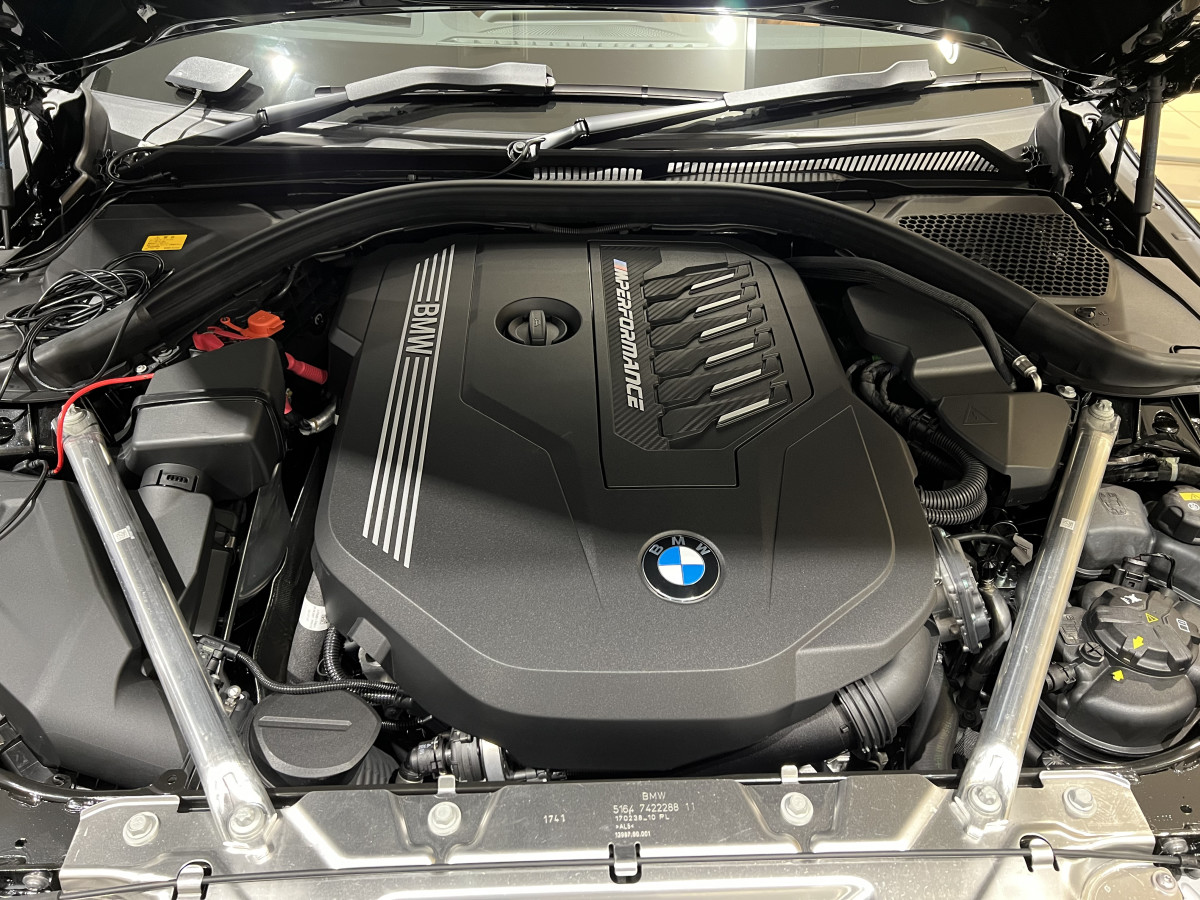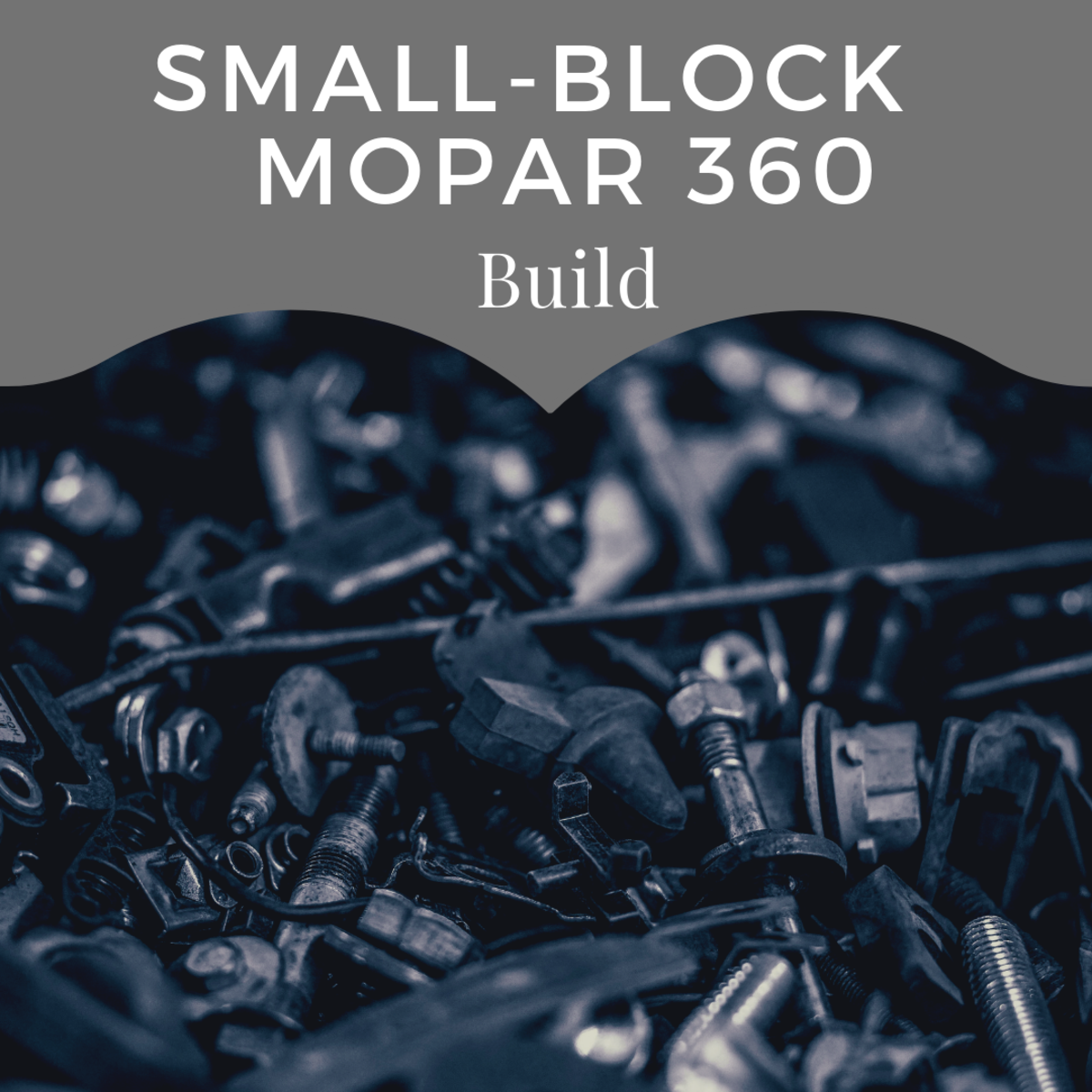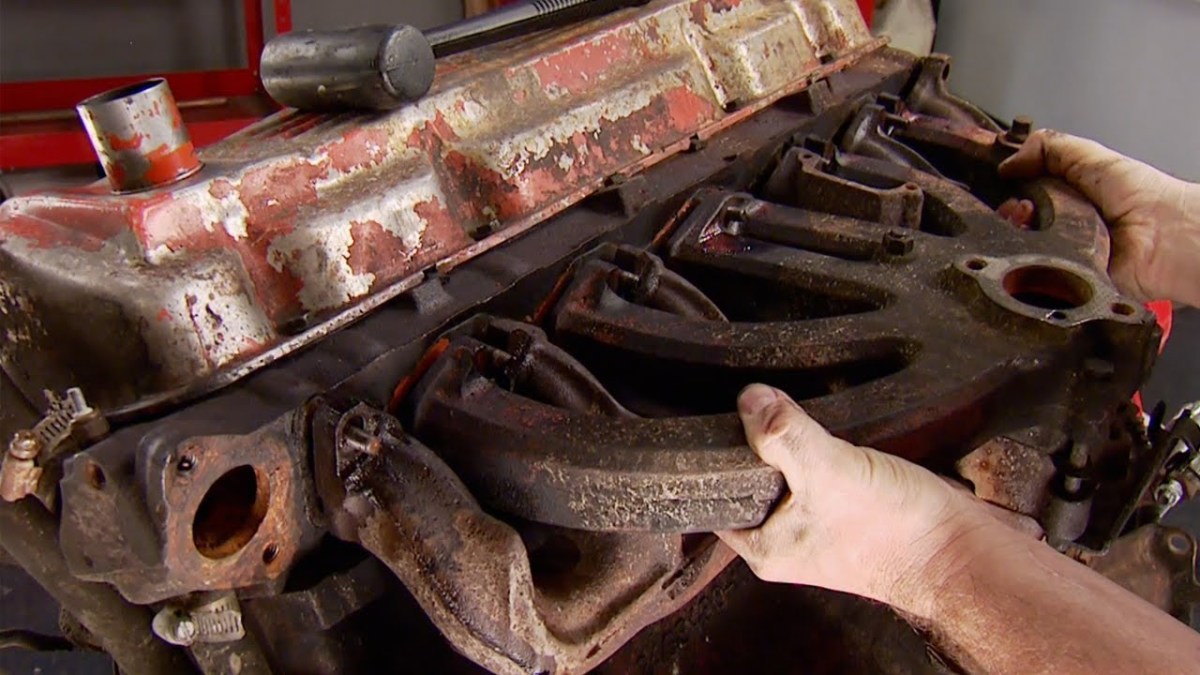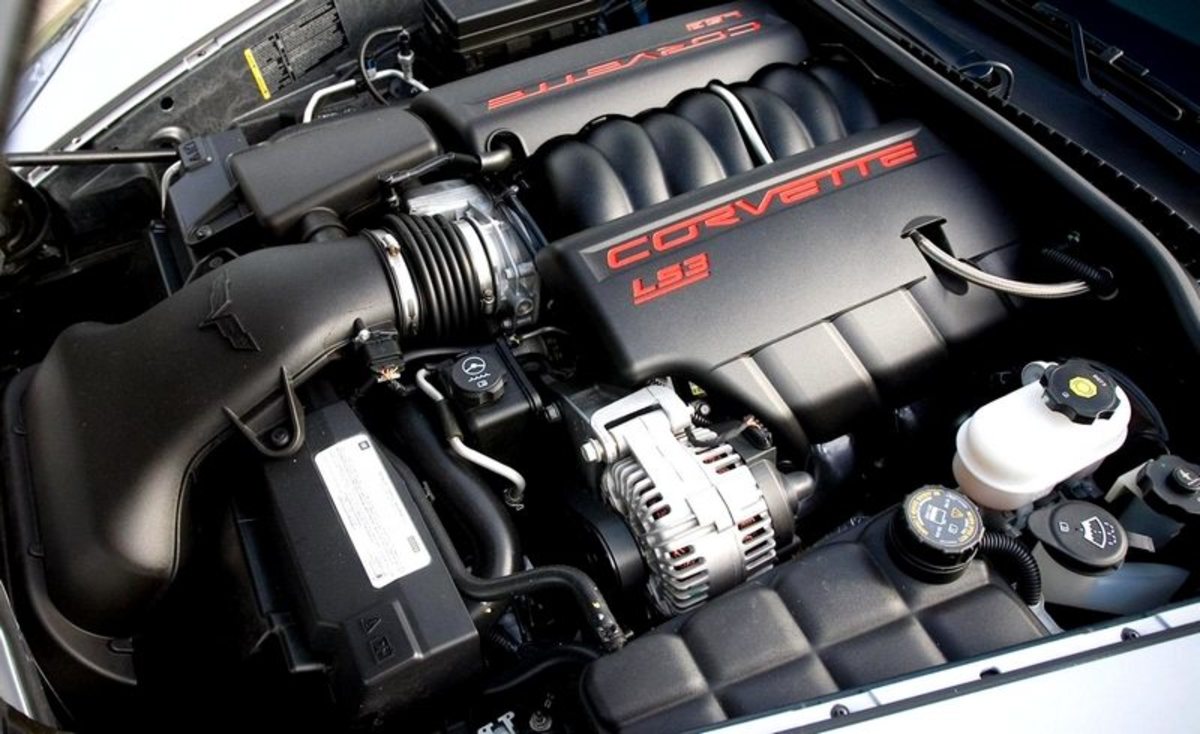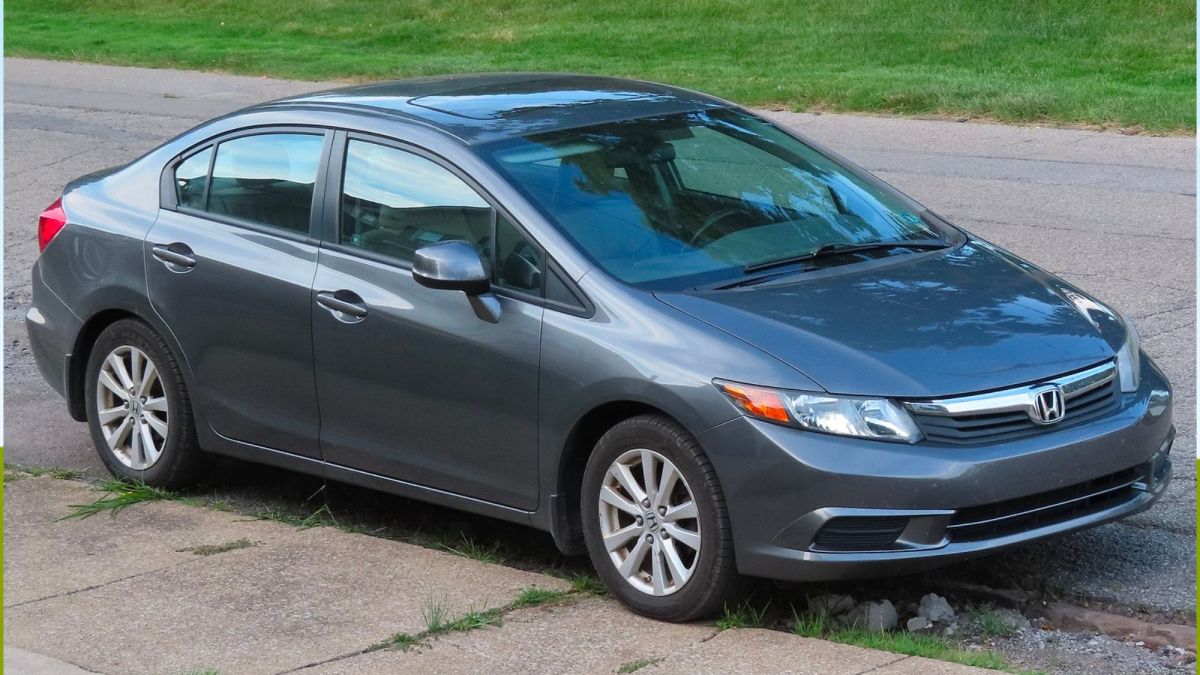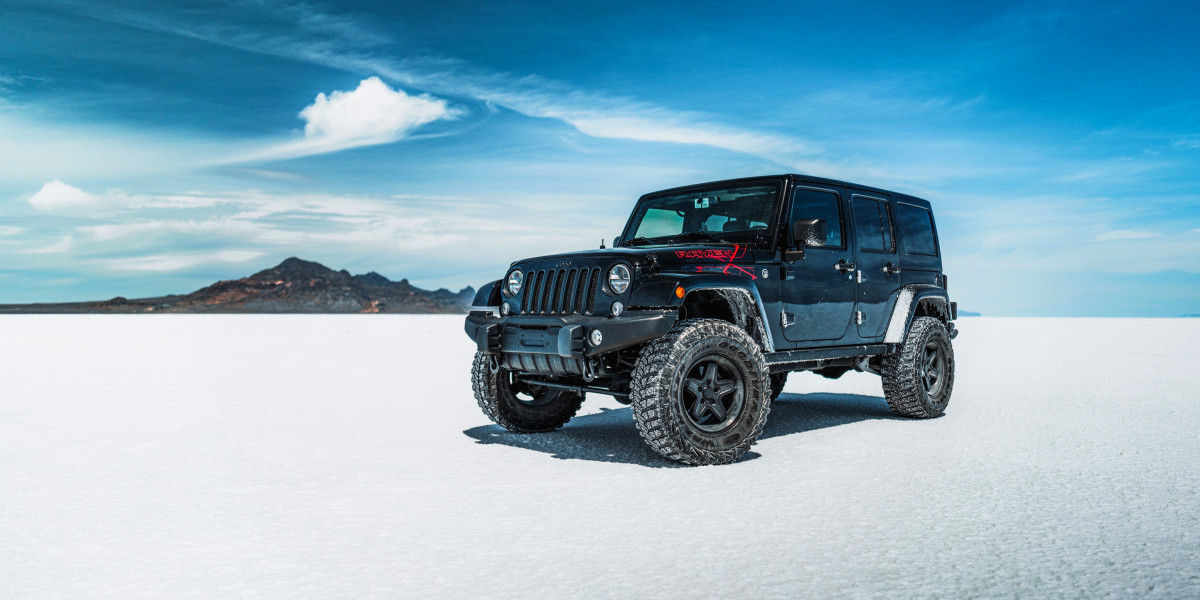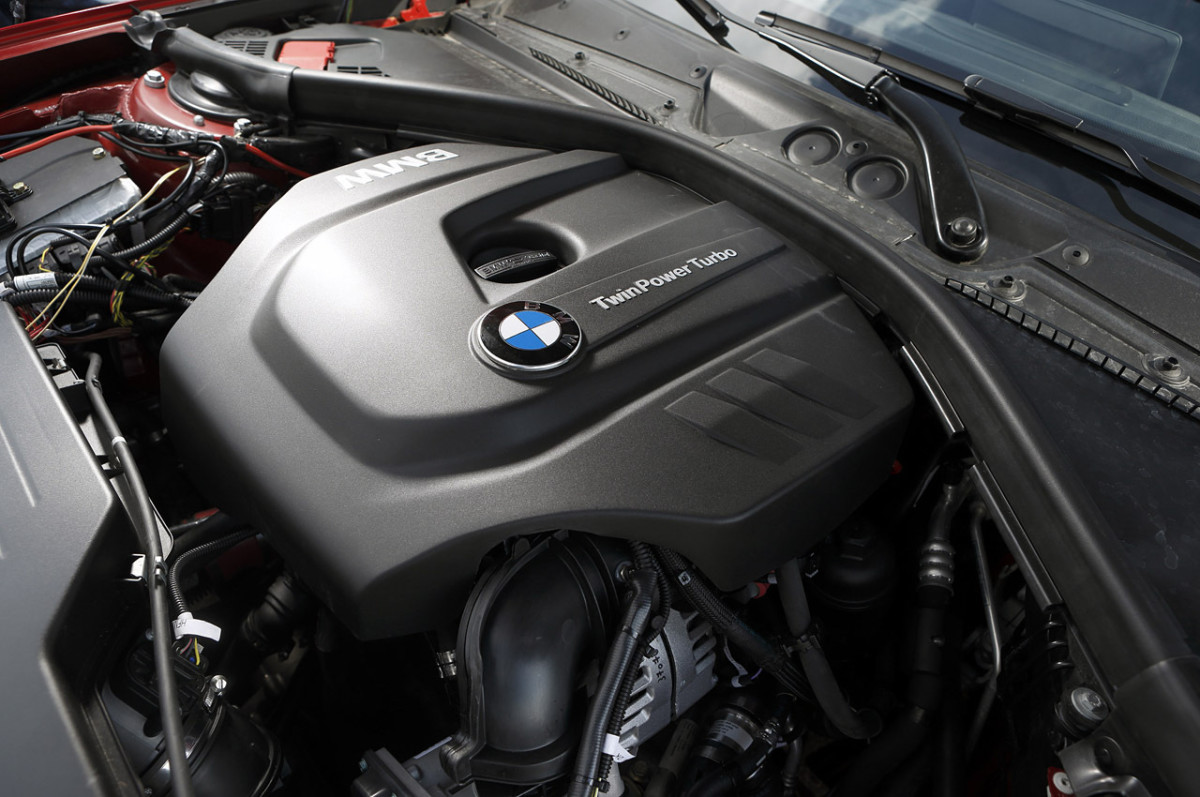nissan rb26
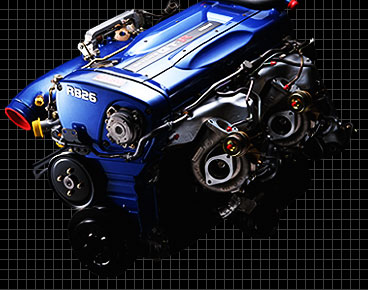
Nissan's legendary iron block inline-six monster, the RB26DETT, has been called one of the greatest engines ever produced by Japan. When the public first saw the RB26 for the first time in 1989 (the beginning of the "Godzilla" era of the Skyline GTR), people were shocked. Dual Overhead Cam's (DOHC), 24 Valve's, twin turbochargers and individual throttle bodies. The RB26 was the pinnicle of automotive technology.
Part of the reason for the popularity of the Skyline GTR's RB26 engines is due to the strength of the stock components. A stock block RB26 can reliably support 500 horsepower. In extreme cases, the stock internals have been tested to over 1000 horspower. Long term reliability at those power levels on the stock internals is questionable.
Given the popularity the RB26, it's only natural that there is a large aftermarket supporting it's development. Numerous companies sell connecting rods, pistons and stroker crankshafts. The cylinder head also has a large aftermarket support. Camshafts, valve springs, and more, are available from dozens of different companies. Given the massive ammounts of aftermarket development, it is not out of the question that an RB26 can reliably make in excess of 800 horsepower when utilizing aftermarket internals.
Making power on the stock block
Making power on the stock RB26 is really quite simple. First and foremost, you need to address a few key issues. First, if you have an early BNR32 RB26, the crank drive is about 1/2 the width of the late R32 or R33 crank. Oil pumps and rev's kill RB26 engines. Don't overspin your engine, and use a high quality pump. Use a wide crank drive. A common upgrade is to replace the standard crankshaft with an R33 crankshaft.
The most common oiling system failures are the result of pump hardware failure and oil pickup starvation. Oil pickup starvation can cause pump failure. The best way to cause your oil pump to fail is to rev above 8000 rpm, or bounce off the rev limiter. Bouncing off the rev limiter and over-reving "shock" the pump, which will kill it in no time at all. As far as the oil pickup leading to failure, that will occur when the pickup sucks in foamy oil or air. Oil pickup starvation will occur on extreme longitudinal and/or lateral acceleration. Below is a list of some limits on the stock oil pump hardware from various generations and aftermarket companies.
- Stock BNR32 GTR pump - Max 7500 rpm. Maximum of 500whp for street or drag, and 450whp for road racing. If you decide to do a rebuild, throw the stock oil pump in the garbage and open up your wallet for a quality aftermarket pump.
- BNR33 or BNR34 wide drive pump - Max 7500 rpm. Maximum of 500whp. Throw these pumps out if you chose to do a rebuild.
- Nissan N1-spec pump - It's a stock pump with a higher rate pressure relief spring.
- Greddy pump - Max 8000 rpm. Maximum of 600whp.
- HKS pump - Max 8500 rpm. Maximum of 1000whp if drag racing, maximum of 800whp if road racing.
- Tomei pump - Max 9000rpm. Maximum of 1000whp if drag racing, maximum of 800whp if road racing. One of the most recommended aftermarket pumps available.
- 4 or 5 stage dry sump - The best possible choice for any application. Ususally very complex and quite expensive.
At the bare minimum, a quality aftermarket oilpan baffle is a must. This prevents the oil pickup from sucking foamy oil or air under hard acceleration and high G cornering. For a serious car, a quality aftermarket oil pan, combined with oil baffle, will provide the most reliability.
Oil coolers are another highly-recommended upgrade for ANY GTR, reguardless of level of modifications. The RB26 is a long engine with tons of bearing surfaces, and a cramped engine bay. Oil temperatures are already fairly hot in a stock RB26. Even Nismo bearings are unable to handle sustained oil temperatures of 110 degree's celsius. Companies like Trust, Tomei, and HKS all make excellent oil-cooling systems for the RB26.
On an engine that is going to be used for road racing, with rpm's remaining at a constant 6000rpm and above, most engine builders recommend using an HKS ATI damper. The HKS damper is based off of a smallblock Chevy damper. Most builders wont recommend an ATI USA damper, as it's too narrow, and uses one less o-ring than the HKS unit. The ATI USA damper also overdrives the A/C compressor to astronomical rpm's.
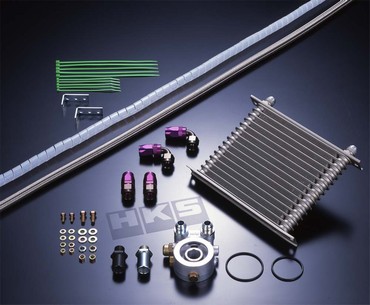
Aftermarket Oil Cooler
The highest quality oil-coolers available are from HKS and Tomei. These coolers aren't cheap, but they will prevent the oil in your RB26 from causing your bearings to be very unhappy. Oil coolers aren't really needed for mildly modified street engines, however they will certainly increase the longevity of your RB26. If you plan on doing any types of serious racing, an oil cooler should be near the top of your list for things to buy.
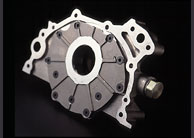
Aftermarket Oil Pump
The OEM oil pumps are fine at stock and slightly above stock power levels. If you plan on increasing the horsepower by a significant ammount, an aftermarket pump is an absolute must! The Tomei oil pump pictured here is one of the best pumps on the market. It will sustain 9000rpm, and up to 1000 horsepower for drag racing applications.
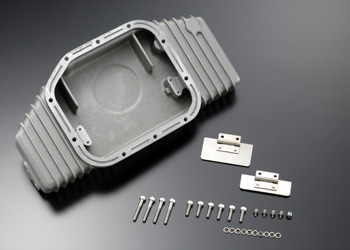
Aftermarket Oil Sump (oil pan)
An aftermarket oil pan will often hold more oil than the stock pan, and will generally have built-in baffles to prevent the oil pickup from sucking air. An aftermarket sump will prevent your engine from having no oil supply under high-G acceleration or corning. Many companies make sumps, such as HKS, greddy, tomei, and JUN.
Now that your oiling system is up to par...
Now that you've prepared your oiling system for serious performance, it's time to start making some power! Given the RB26 engines strong internals, we won't be cracking open our engine to build it up just yet. The most popular first modifications are generally intake and exhaust related. An aftermarket intake system from a reputible company like HKS, Apexi, Trust, or even custom pipes with quality filters will do the trick. The key is to have airflow as unrestricted as possible.
As far as the exhaust system in on an RB26 is concerned, you should aim for a complete turbo-back exhaust. A quality aftermarket downpipe, cat-delete pipe, and large diameter free-flowing cat back exhaust is the best path. You will see performance from just a catback system, but replacing the entire system will unleash the full potential of your RB26. Aim for having the entire exhaust system having 3" diameter piping (or more). An aftermarket downpipe for the stock-location twin turbo's will be expensive, but it will definitely deliver increased performance.
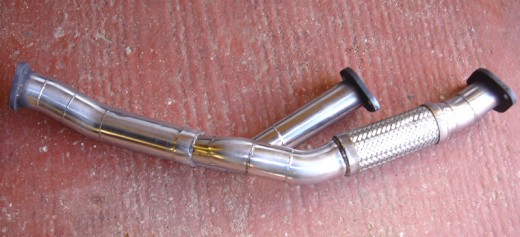
Aftermarket Downpipe (front pipe)
An aftermarket downpipe will reduce backpressure, which will result in faster spooling turbochargers, and more power. A flex pipe will ensure the downpipe lasts for a long time, without suffering from cracks.
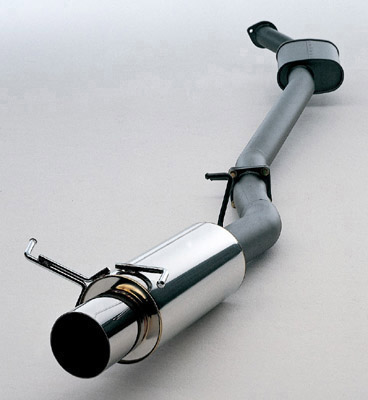
Catback Exhaust
A catback exhaust with large diameter, mandrel bent piping will allow the best flow possible, while still retaining a tolerable sound level. The larger the piping diameter, the more noise there will be, but performance will generally increase as well. Resonaters will help reduce noise levels, but are questionable from a performance standpoint.
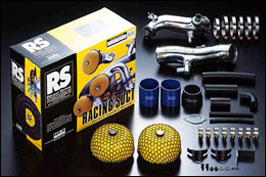
Air Intake System
An aftermarket air intake system will be free-flowing, while still being able to minimize the ammount of dirt and other particles that enter the engine. If you're not a fan of foam filters, Apexi makes an excellent intake system. The difference between the HKS intake and the Apexi intake is a few horsepower, but the Apexi intake will filter the air better.
Aftermarket Boost Controller
A boost controller will allow you to run more boost than stock. Keep in mind however, than the stock turbochargers feature ceramic turbine wheels, which are great for fast response, but weak at increased boost levels. The general rule of thumb with stock turbo's is to not run any more than 1 bar of boost.
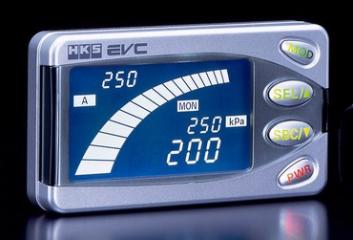
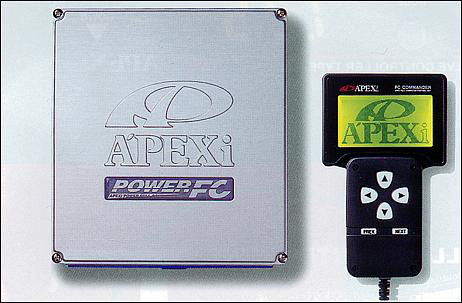
Aftermarket ECU
An aftermarket ECU will give you full control over your engines fuel and ignition maps. This will allow you to fine-tune your ECU's settings to your specific parts combinations, which will increase power, reliability, and performance. It's best to leave ECU tuning to a knowledgeble proffesional. It will cost a pretty penny for the ECU and tuning, but the increased reliability and performance will be well-worth it.
So there you have it, simply upgrades!
The above upgrades are some common RB26 upgrades, that will increase your peformance, while still retaining OEM reliability. If you can afford a bit more, upgrading the clutch, injectors, fuel pump and intercooler will also increase reliability. A quality twin-plate clutch will allow you to launch your GTR like you stole it, and an intercooler will lower intake temperatures, which of course lends to making more power and increasing reliability.
Don't take this site as gospel, however. There are so many different upgrades available for the RB26 engine, that I recommend you speak to a knowledgeable proffesional in person, in order to get an idea about what type of upgrade path you should take with your RB26 engine!

